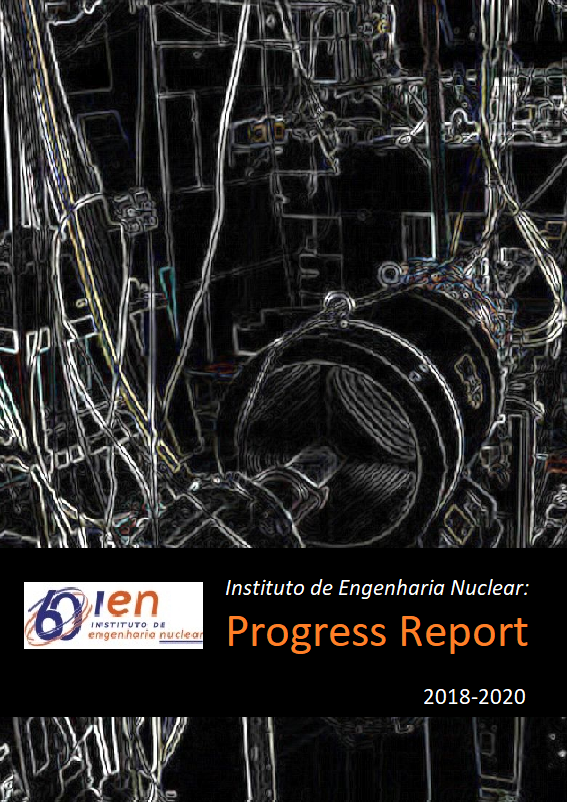Flow characteristics studies using nuclear technique, artificial neural network and computational fluid dynamics
Resumo
The knowledge of the flow regime and the volume fraction (VF) in a multiphase flow is of fundamental importance in predicting the performance of many systems and processes. This study is based on gamma-ray pulse height distributions pattern recognition by means the artificial neural network (ANN). The detection system uses appropriate one narrow beam geometry, comprised of a gamma-ray source and a NaI(Tl) detector. The model for stratified flow regime had been developed using MCNPX [1], in order to obtain adequate data set used for training and testing the artificial neural network. Finally, the Ansys-CFX [2] was used as a computational fluid dynamic (CFD) software to simulate two different volume fractions, which were modeled and transformed in voxels and transferred to MCNPX code [3]. The use of computational fluid dynamics is of great importance, so it makes the studies closer to the reality. For the ANN training, it was made 21 simulation for the training phase, 5 simulations for the test and 3 for the production phase. Table 1 shows the results obtained for the validation set by the ANN.
The Figure 1 shows the result of the CFD simulations treated and transformed in voxels. In the first simulation, the water and air velocity were 0.2 m.s-1. At this velocity, there are no waves, as it can be seen on the Mandhane’s map [4]. So, a barrier has been placed to make turbulence and create waves. The choice for this configuration was to verify the results with great turbulences in the water, as it can be seen at the interface between water and air. In the second simulation, the water and air velocities were 0.06 m.s-1 and 10 m.s-1. respectively. In this configuration of velocities, waves are normally formed.
After the ANN has been trained, the results of the CFD simulations were added to the ANN production phase.
The results presented good accuracy compared to the real one. These studies show the great importance of joining CFD simulations with Monte-Carlo methods for fluid investigations.
Downloads
Publicado
Como Citar
Edição
Seção
Licença
Copyright (c) 2021 Renato Raoni Werneck Affonso, Ademir Xavier da Silva, William L. Salgado, Roos Sophia F. Dam, César Marques Salgado

Este trabalho está licenciado sob uma licença Creative Commons Attribution-NonCommercial-NoDerivatives 4.0 International License.


